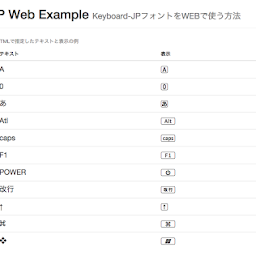

Imperva CDN automatically compresses HTML, CSS and JavaScript files stored on its servers to accelerate page load times. You keep your original, uncompressed files on your main server, while the CDN automatically stores minified variants on its caching servers and PoPs-keeping them in sync with source modifications. Keeping them in sync is often burdensome.Ī content delivery network (CDN) provides automated minification, relieving you of the overhead required to minify your own files. Even automated tools (of which there are many) can prove to be challenging, as you’ll be forced to keep separate development and production file versions.
#Angularjs minify manual
Manual minification is a bad practice and becomes virtually impossible where large files are concerned. However, performing and managing minification can be cumbersome. Minification is a major component of front end optimization (FEO), a set of tools and techniques that reduce file sizes and the number of associated web page requests. Request demo Learn more The CDN Perspective All major JavaScript library developers (bootstrap, JQuery, AngularJS, etc.) provide minified versions of their files for production deployments, usually denoted with a min.js name extension. Minification has become standard practice for page optimization. For instance, there’s a 176 kb difference between the original and minified version of the JQuery JavaScript library. In some cases, minification can reduce file size by as much as 60%.
#Angularjs minify code
The minified version of this sample code is 48% smaller. Return new RSVP.Promise(function(fulfill, reject) tossASix().then(null,logAndTossAgain).then(null,logAndTossAgain).then(logSuccess,logFailure) function returns a promise that succeeds if a 6 is tossed Return Math.floor(Math.random() * 6) + 1

Here’s how a developer would write a JavaScript file for usage in a website: // return random number between 1 and 6 The minified file version provides the same functionality while reducing the bandwidth of network requests. To minify JS, CSS and HTML files, comments and extra spaces need to be removed, as well as crunch variable names so as to minimize code and reduce file size. Web servers and browsers can parse file content without comments and well-structured code, both of which create additional network traffic without providing any functional benefit.
#Angularjs minify update
UPDATE Alternatively, you can use ng-annotate npm package in your build process to avoid this verbosity.
#Angularjs minify plus
While this is a plus in the development phase, it becomes a negative when it comes to serving your pages. See this page of AngularJS docs, scroll down to A Note on Minification. It also helps others who might later work on the assets. When creating HTML, CSS and JavaScript (JS) files, developers tend to use spacing, comments and well-named variables to make code and markup readable for themselves. Why minify HTML, CSS, and JavaScript (JS) It’s also beneficial to users accessing your website through a limited data plan and who would like to save on their bandwidth usage while surfing the web. Minification dramatically improves site speed and accessibility, directly translating into a better user experience. It’s one of the main methods used to reduce load times and bandwidth usage on websites. You can pass these tasks as an array of defined tasks.Minification is the process of minimizing code and markup in your web pages and script files. In the above gulpfile, we are specifying two tasks at the end of the section named “build” and “cleanbuild” where we are specifying logically related group of tasks. You can run the gulp task by specifying the task name. Var filePath = ) gulp.task( 'build', ) gulp.task( 'cleanbuild', )


 0 kommentar(er)
0 kommentar(er)
